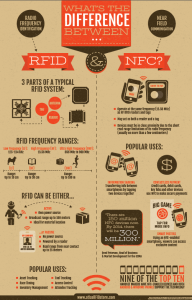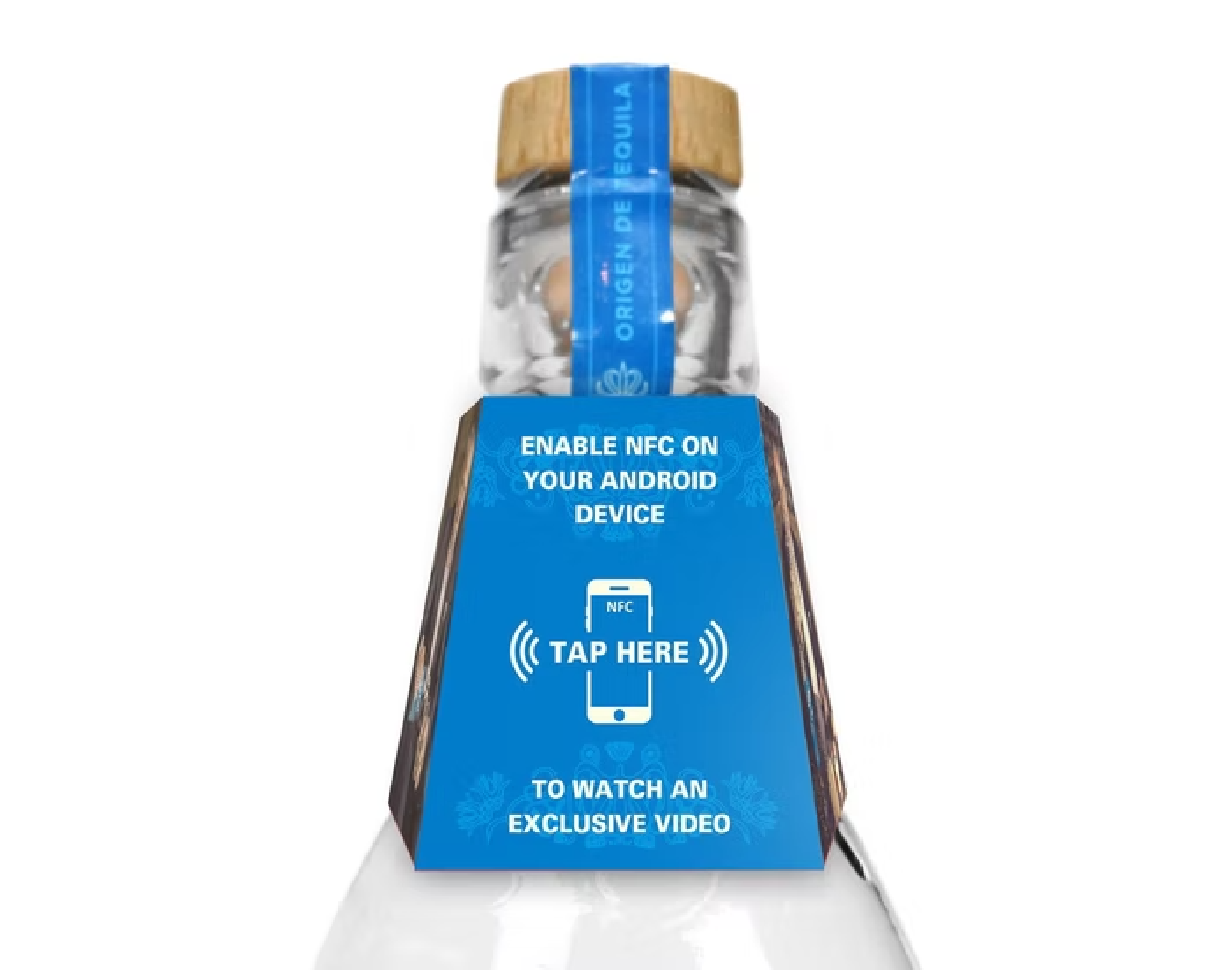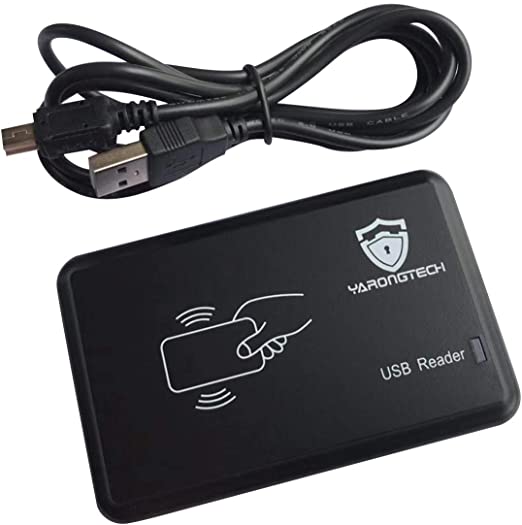RFID vs. Apple AirTag - What is the Difference?
In today's interconnected world, technologies like RFID, Bluetooth & BLE, and Ultra-Wideband (UWB) are becoming essential for tracking and identifying assets, inventory, and personal belongings. One of the newest products from Apple, Apple AirTag, is becoming more and more popular for tracking and monitoring luggage, wallets, strollers, high-value items, and even pets.
Because Apple AirTags use wireless communication to monitor an asset’s location, some people are left wondering if Apple AirTags use RFID technology to communicate. While they might seem similar on the surface, Apple AirTags use a combination of Bluetooth and UWB to communicate and depend heavily on other Apple devices in the surrounding area. Because of the dependence on Bluetooth-connected Apple devices, as well as their cost, Apple AirTags are not as well suited for the same use cases and environments as UHF RFID tags.
What is RFID?
RFID (Radio Frequency Identification) is a technology that uses radio waves to automatically identify and track RFID tagged objects. UHF RFID tags contain electronically stored information that can be read by readers, typically from a distance of around 20 feet. RFID is widely used in industries like supply chain management, retail, and logistics for tracking goods, managing inventory, and in access control.
To read more about how UHF RFID is used, read our article “ What is RFID Used For? 12 RFID Applications”

Key Features of RFID
- Tag Types: Passive (no power source) or Active (battery-powered).
- Range: Passive tags, also called UHF RFID tags, work within a range of a few inches up to 70 feet, while active RFID tags can be read from up to 200 feet away.
- Applications: Inventory management, asset tracking, warehouse logistics, access control, race timing, ticketing, and event management.
- Data Capacity: Typically stores a 24-digit number but can store more depending on the exact tag.
- Cost: From $0.05 (disposable tag) to up to $20 (for a customized, rugged, reusable tag)
- Lifespan: UHF RFID passive tags can be reused as many times as needed (no battery limitations)
What is an Apple AirTag?
Apple AirTag is a small, button-shaped device that helps users track personal items like keys, wallets, or bags using the “Find My” app. AirTags use Bluetooth technology to communicate with nearby Apple devices to provide the location of the item to which it is attached. When the AirTag is out of Bluetooth range, it relies on Apple’s global network of devices to anonymously relay the tag’s location back to the owner.

Key Features of an Apple AirTag
- Technology: Utilizes Bluetooth and Ultra-Wideband (UWB) for precise tracking.
- Range: Limited to Bluetooth range (~30-100 feet), but thanks to Apple’s vast network, its global range is essentially unlimited as long as there are Apple devices nearby.
- Applications: Primarily designed for consumer use to track personal items like keys, bags, and even pets.
- Privacy: Includes built-in security features to prevent unwanted tracking and protect user privacy.
- Cost: Between $20 and $30 each.
- Lifespan: Reusable, but only last up to 1 year (battery life)
Key Differences Between RFID an an Apple AirTag
| RFID | Apple AirTag | |
|---|---|---|
| Technology | RFID (Radio waves) | Bluetooth & Ultra-Wideband |
| Use Case | Industrial/commercial asset tracking; retail inventory management | Personal item tracking |
| Range | Passive: 20 ft on average; Active: Up to 200 ft | Bluetooth range (~30 – 200 ft) but with global network support |
| Power Source | Passive tags don’t need batteries; active tags have batteries | Battery-powered (up to 1 year) |
| Data Storage | Can store data/information | Only provides location data |
| Cost | Setup (one-time) cost high; Recurring cost for Tags very low ($0.05 per tag) | Setup (one-time) cost low; recurring costs for Tags high ($29 per tag) |
| Security | Encryption and Privacy Features available | Encrypted and Private Location sharing |
RFID or Apple AirTag: Which One is Right For You?
If you’re running a business and need to track assets across warehouses or in supply chains, RFID offers scalability and flexibility with its ability to read many tags quickly (on average 750 tags per second) and over varying distances. Because of the low cost of tags, RFID is very popular in retail inventory management, and various supply chain management applications including returnable transit item (RTI) tracking, shipment picking and packing, and logistics tracking.
On the other hand, if you're a consumer looking for a simple way to track a few personal belongings, Apple AirTags provide an affordable and easy-to-use solution, particularly if you're already embedded in the Apple ecosystem.
Conclusion
In conclusion, while both technologies are useful for tracking, they’re designed for different purposes. RFID shines in industrial and commercial applications, while AirTags excel in everyday consumer use.
For more information about all things RFID, take a look at our blog, our resources section, or contact us!



